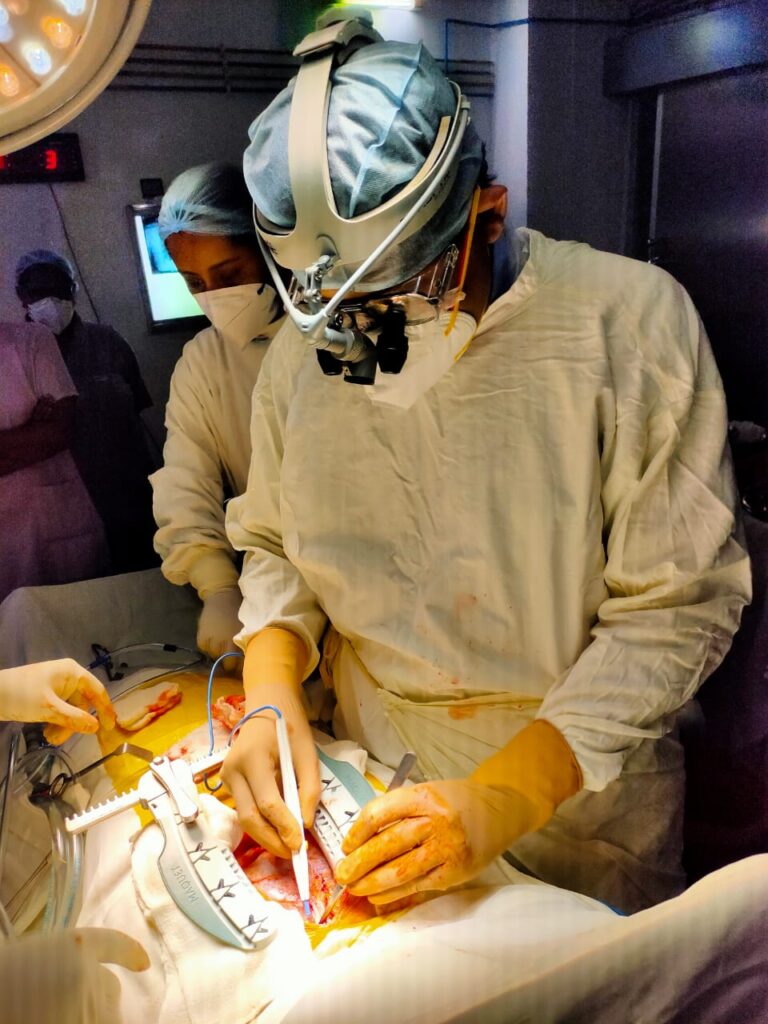Minimally invasive cardiac surgery (MICS) is an approach to performing heart surgery with smaller incisions and less disruption to the chest and surrounding tissues compared to traditional open-heart surgery. There are several levels or types of minimally invasive cardiac surgeries, each with varying degrees of invasiveness and complexity. Some common types of minimally invasive cardiac surgeries include:
Minimally Invasive Coronary Artery Bypass Grafting (CABG): This involves using small incisions, often between the ribs, to access the heart and perform bypass surgery. Surgeons use specialized instruments and techniques to bypass blocked or narrowed coronary arteries. MICS CABG can be performed without opening the sternum (breastbone), which reduces pain, recovery time, and scarring.
Minimally Invasive Valve Surgery: This includes procedures such as mitral valve repair or replacement and aortic valve replacement. Surgeons access the heart through small incisions, often using a thoracoscope (a tiny camera) and specialized instruments. The goal is to repair or replace heart valves while minimizing trauma to the chest.
Minimally Invasive Aortic Surgery: This involves procedures related to the aorta, such as aortic aneurysm repair or aortic dissection repair. Surgeons use small incisions to access the aorta and address issues while reducing the impact on surrounding tissues.
Minimally Invasive Atrial Septal Defect (ASD) and Patent Foramen Ovale (PFO) Closure: These are procedures to close abnormal openings between the chambers of the heart. The surgeon guides a catheter through a blood vessel to the heart, eliminating the need for a large chest incision.
Hybrid Procedures: These involve a combination of minimally invasive surgical techniques and catheter-based interventions. For example, in hybrid coronary revascularization, a surgeon might perform bypass surgery on one vessel, while another vessel is treated using percutaneous coronary intervention (PCI) techniques.

The specific approach used in minimally invasive cardiac surgery can vary based on the patient’s condition, the surgeon’s expertise, and the available technology. The benefits of MICS typically include shorter hospital stays, reduced pain, quicker recovery times, and better cosmetic outcomes compared to traditional open-heart surgery. However, not all patients are candidates for minimally invasive approaches, as the complexity of the procedure and the patient’s overall health must be taken into consideration.
